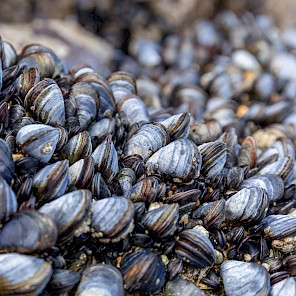| | OSPAR's Quality Status Report (QSR) 2023 found that, while concentrations of most hazardous substances lingering in the environment from past introductions (known as legacy hazardous substances) have decreased, their levels remain a cause for concern in the North-East Atlantic.
Restrictions on the use of hazardous substances have been effective in limiting new releases, but their high chemical stability and re-release from sediment means that they remain a concern. Increasing levels of human activities and new uses of both sea and land could result in increased inputs of other substances, the impacts of which are largely unknown due to lack of ecotoxicological data.
Pollution from the shipping sector has lessened due to regulations on sulphur and nitrogen emissions and ballast water, measures to limit litter, measures regulating port reception facilities and actions to reduce the risk of oil pollution. By contrast, corollary discharges to water through exhaust-gas cleaning systems are increasing.
Furthermore, increased discharges from the rapidly growing aquaculture sector have been reported and it is likely that medicines are included among the substances being discharged. Similarly, dredging and dumping could continue to cause contaminant releases. If seabed mining were to take place in the OSPAR Maritime Area, the potential for additional contaminants would need to be investigated.
The QSR 2023, comprising assessments of over 120 different components, is the most authoritative assessment of the North-East Atlantic. The QSR reflects the collective work of the 16 Contracting Parties to the OSPAR Convention, and over 400 scientists and experts. | | |  | | Hazardous Substances Thematic Assessment | Concentrations of many of the most serious hazardous substances, such as PCBs, PAHs and organochlorine insecticides, have decreased substantially compared with the 1980s-1990s. Nevertheless, we find that most OSPAR sub-regions (ten out of twelve) have a poor status for hazardous substances in marine animals (fish, mussels and oysters). This is mainly caused by excessive concentrations of mercury and PCB118 (a dioxin-like polychlorinated biphenyl). Moreover, current trends indicate that only one of the sub-regions may improve substantially during the next 10-20 years. For hazardous substances in sediment, the situation is somewhat better, as approximately half of OSPAR’s sub-regions have a good status. |  READ MORE
READ MORE |
|
| |
| | |
|